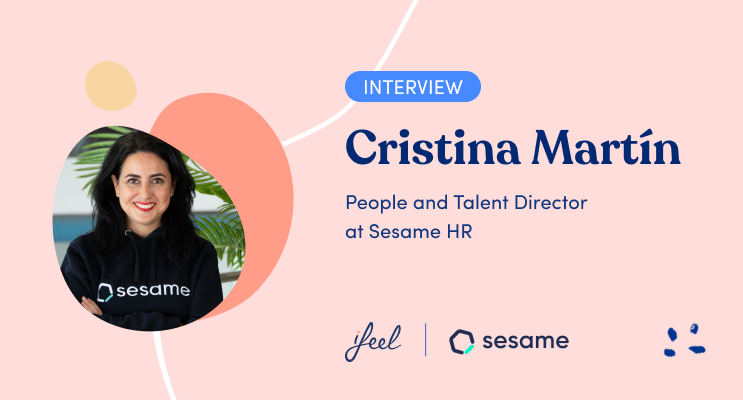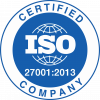Cristina Martín, Head of People and Talent at Sesame HR
My name is Cristina Martin, and I have been the People and Talent Director at Sesame and Zeus for the past four years. When I came across this project, I had been working in the same company for seven years. I got to know Sesame through its culture, team spirit, desire to move forward, and desire to challenge itself every day. That’s how I fell in love with the company and decided to take the plunge.
I guess it is not a matter of chance that I have chosen this professional path. I have always been fond of people, of our potential as a society, of sharing moments together, both the good and the bad, and of learning from them. That’s the most important thing.
Tell us, Cristina: What exactly is Sesame?
Sesame is now a fully-featured HR software, but it was born in 2015 as a timekeeping solution, responding to an internal need for a more effective clocking-in tool for a flexible work model. By that time, it was rare to hear about this type of workday, at least at a national level, so timekeeping options were limited to more “standard” uses.
But the big breakthrough came with the approval of the Royal Decree-Law that, among other things, established working time registration. Suddenly, it was essential to have employees’ working hours under control, and this put Sesame at an advantage because it had developed its app before this need emerged. The logical evolution of the software was to develop a suite where you could manage everything related to your team. As the Human Resources sector was experiencing a boom, we began to develop it into the platform it is today.

When I started, we were not even a third of what we are now, and living and being part of that growth has been very enriching. We have faced enormous challenges, such as, most recently, doubling our staff in less than three months after receiving a 10 million euro investment fund. I look back and still can’t believe it, but it has been very exciting.
“Being part of its evolution and growth has been a great experience.”
What role does digital transformation play in caring for employees’ well-being?
The industry is going through a tough time, and being agile, we need to digitize all the processes that can be digitized. This, on the one hand, saves us time that we can dedicate to really taking care of our employees, and on the other hand, gives us the tools to offer them a quality experience.
“The HR department implements actions and tools to help achieve each employee’s well-being.”
Still, in the end, it is the managers, or middle managers, who must carry out these actions, because they are the ones who have direct contact with them every day and really know them.
Digital platforms such as Sesame help us support both HR and managers so that we can gather these tools in one place and make this task more accessible and more convenient.
As Sesame’s HR Director, what do you think are three fundamental pillars to foster a positive employee experience?
First: take care of your employees. Offer them incentives and benefits, the ability to choose how they want to receive them, and the option to shape their work experience. We must offer tools that provide health, such as deciding when and how they want their salary, on-site gym, work-life balance facilities…and give them confidence, above all else.
Secondly, it is based on creating a workplace in which each person involved is and feels unique. There are no numbers or replaceable “roles”. There are people with talents that meet the company’s needs, who are part of a team, and whose voices count as much as senior management’s. Under this principle, we should offer jobs tailored to each person whose experience is unique and whose needs are unique.
Finally, creating a solid work culture. Everything revolves around this, to create workspaces where values such as empathy and companionship are at the forefront, above competitiveness and results. If you have a group of talented people, you want them to row in the same direction, and that direction is what sets your company’s culture.
How do you carry out a proper onboarding process that applies to all your new employees but is simultaneously customized according to their needs?
Right now, we have twenty-two individuals in our onboarding, which we have reached as the number of new hires has grown. In the beginning, the entire staff was introduced in ten minutes, and dynamics were created to get to know each other. Now things are more complicated. There are so many of us that sometimes we don’t see each other’s faces for days. So there have been parts of the process that have had to be adapted, and we have had to include people and roles in it so that the person who joins us finds everything they need to do their job from the first day.

There are some basics that everyone receives: transparent information on how the company works, what they will encounter in the first few days, and a merchandise package to make them feel part of the team -this is always the most exciting thing, probably because of the goodies-, a diary with scheduled meetings with the departments and roles with which they will have more contact. A whole package to ensure any doubt or need the new member may have will be covered.
From this point on, the only thing left is to give everyone the space and time to get used to their role, responsibilities, and work environment. To follow this process, special attention is paid to the feedback we can receive from managers and colleagues, who will see how the person is performing and what aspects we could improve or keep in mind in the future.
Last but not least, we would love to hear your views on current HR trends and the influence of employees’ emotional well-being on them.
As previously mentioned, everything is changing at breakneck speed.
” The post-pandemic has taught us many lessons, but the most important one, without a doubt, is that people’s well-being comes first.”
This premise has radically changed people’s preferences, especially from a work perspective.
We are no longer looking for lifelong jobs. We are looking for jobs that give us life, that allow us to grow and develop as people and as professionals. The current context has led to the creation of new ways of working (fully remote, hybrid, flexible schedules…) and has led us to understand that things can be done better and, more personally, and not everyone needs the same things.

Preferences were already changing in the pre-pandemic era. The new generations are very involved with mental health and refuse to do jobs where conditions are unsuitable. It can be said that the current trends would arrive anyway, only that they have arrived unexpectedly and with the need to act faster.
It is clear that taking care of our staff is the most crucial objective today. A company with human values gains more talent and retains it better than those whose objectives are results. People are the backbone, and without them, we will get nowhere.







